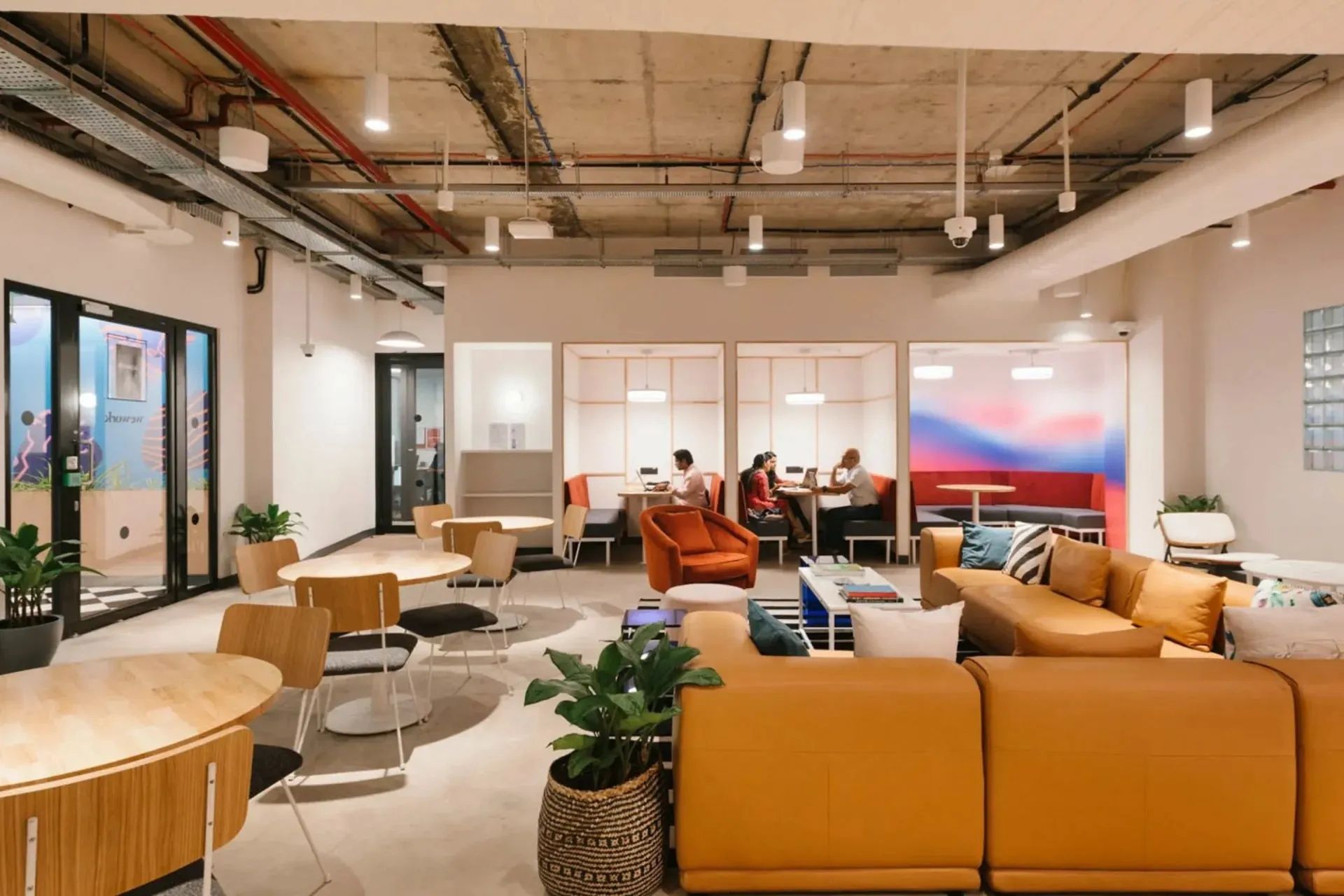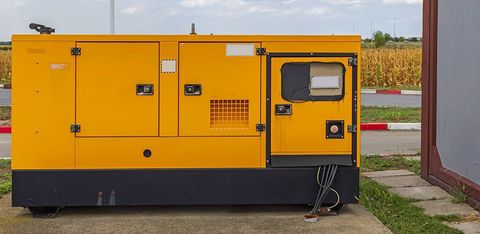Guide to Comparing Coworking Spaces: How to Find the Best Fit for You
Coworking spaces are shared work environments where individuals, freelancers, and companies can work independently or collaboratively. They exist as a flexible alternative to traditional offices, offering amenities such as internet access, meeting rooms, and community events without the long-term commitment of a private lease.
The concept emerged in the early 2000s and has since evolved into a global movement supporting remote work, entrepreneurship, and digital collaboration. As more people choose hybrid and freelance work models, coworking spaces have become an essential part of modern professional life.
Today, these spaces are not limited to startups or tech companies—they attract a wide range of professionals, including consultants, creatives, and remote employees who value flexibility, networking, and productivity.

Importance
The importance of coworking spaces has grown rapidly in the post-pandemic era. They solve several challenges faced by modern professionals and organizations:
-
Flexibility: Workers can choose where and when they work without long-term contracts.
-
Community and collaboration: Shared environments encourage networking, mentorship, and skill-sharing.
-
Productivity and well-being: Many spaces offer ergonomic setups, natural light, and quiet zones that support concentration and comfort.
-
Access to amenities: Facilities such as high-speed internet, printing, and conference rooms enhance professional convenience.
Coworking spaces matter to individuals, freelancers, startups, and even large corporations adopting hybrid work models. They help companies reduce operational overhead while giving employees autonomy and balance.
Recent Updates
Over the past year (2024–2025), several key trends and developments have shaped the coworking industry:
-
Rise of hybrid workspaces (2024): Many companies now combine home and coworking options to give employees greater flexibility.
-
Sustainability focus (2025): Coworking spaces are integrating eco-friendly features such as energy-efficient lighting, recycled materials, and green certifications.
-
AI-driven management tools (2024): Smart systems now track occupancy, optimize energy use, and manage desk bookings.
-
Regional growth (2025): Coworking hubs have expanded beyond major cities into smaller towns, supporting local entrepreneurship.
-
Wellness integration (2024): Spaces increasingly include meditation rooms, gym access, and mental health support.
According to global workplace studies, the demand for coworking environments is projected to grow steadily through 2030 as flexible work continues to redefine professional spaces.
Laws or Policies
Coworking spaces operate under various regulations depending on their country and location. These frameworks ensure safety, data privacy, and fair use of shared facilities:
-
Health and Safety Regulations: Spaces must meet workplace safety standards related to ventilation, fire safety, and accessibility.
-
Data Protection Laws: Facilities handling member information must comply with data protection laws such as the GDPR in the European Union or CCPA in California.
-
Zoning and Land Use Rules: Local municipalities regulate where coworking spaces can be established, especially in mixed-use or residential zones.
-
Labor and Tax Policies: In some regions, coworking memberships can be recognized as business expenses, but they must comply with national tax codes.
-
Accessibility Requirements: Many countries mandate barrier-free design features to ensure inclusion for people with disabilities.
These regulations ensure coworking spaces remain safe, equitable, and sustainable environments for all users.
Tools and Resources
When comparing coworking spaces, several tools and digital platforms can help professionals make informed decisions:
-
Coworking comparison websites: Platforms like Coworker.com or Deskpass list global coworking options with features, reviews, and photos.
-
Workspace locator apps: Mobile apps provide filters for location, amenities, and opening hours to match personal preferences.
-
Online reviews and forums: Communities on platforms like Reddit or LinkedIn share real experiences about different coworking setups.
-
Productivity tools: Apps like Trello or Notion help individuals manage tasks efficiently while working in flexible environments.
-
Well-being and time management tools: Meditation and focus apps like Headspace or Clockify support balance and efficiency in coworking settings.
FAQs
What is the main difference between coworking and traditional offices?
Coworking spaces offer flexibility, shared facilities, and short-term access, while traditional offices require long-term leases and private setups.
Can large companies use coworking spaces?
Yes, many corporations now use coworking spaces to support hybrid teams, temporary projects, or remote employees in multiple locations.
How can I choose the right coworking space for me?
Consider factors such as location, community, amenities, internet speed, and noise level. Visiting in person or using trial passes can also help you evaluate comfort and productivity.
Are coworking spaces safe for data and privacy?
Most reputable spaces use secure Wi-Fi networks and access controls, but individuals should still follow cybersecurity best practices such as using VPNs and secure logins.
What trends are shaping the future of coworking?
Sustainability, digital integration, hybrid work models, and wellness-oriented designs are leading future coworking developments.
Example Table: Key Factors to Compare When Choosing a Coworking Space
| Feature | Why It Matters | What to Check |
|---|---|---|
| Location & Accessibility | Saves time and travel effort | Proximity to transport, parking, cafés |
| Amenities | Affects productivity and comfort | Internet speed, meeting rooms, seating |
| Community & Networking | Supports collaboration and learning | Events, workshops, diversity of members |
| Environment & Design | Impacts mood and concentration | Lighting, noise, layout, greenery |
| Flexibility & Access | Fits work schedules and mobility needs | 24/7 access, membership options |
Conclusion
Coworking spaces represent a fundamental shift in how people work, collaborate, and connect. As modern professionals seek flexibility and community, these spaces offer a balanced environment between home and traditional offices.
The growing emphasis on digital tools, wellness, and sustainability shows that coworking is more than just shared space—it’s an evolving ecosystem that supports innovation and balance.
Understanding key factors such as regulations, amenities, and digital integration helps individuals and organizations make informed decisions when comparing coworking options. With thoughtful comparison, it’s possible to find a workspace that enhances both productivity and well-being.






